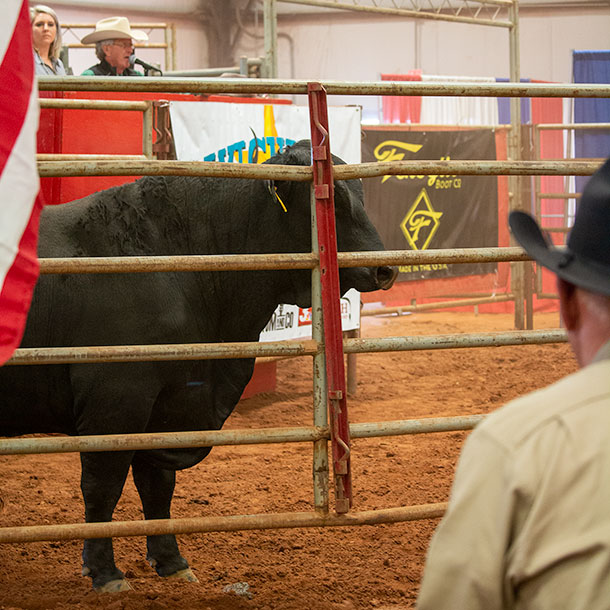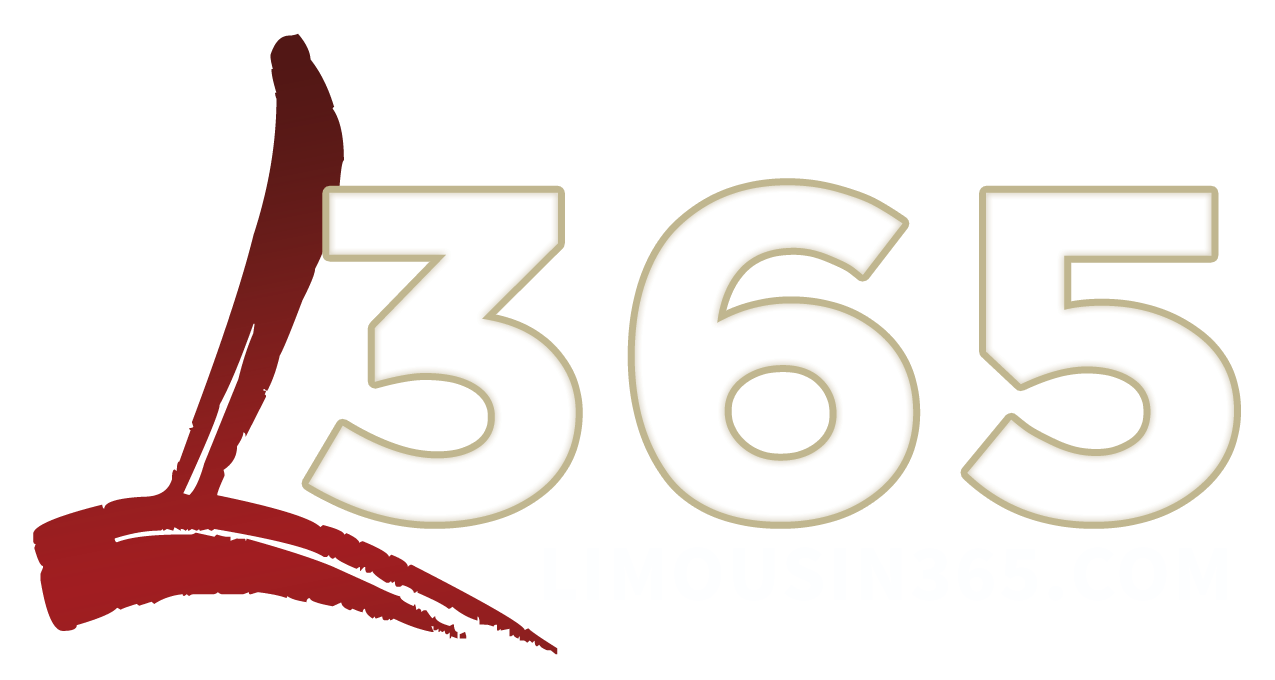Five Steps to Ensure a Successful Sire Selection

By: Anna Slivka
Spring breeding season is just around the corner, which means cattle producers are entering the sire selection process. In order to maximize economic return, producers need to carefully align breeding system decisions and market targeted calves.
Decisions made during the selection process directly affect profitability, which is why focus is necessary when reviewing sire information amid the stresses of managing a cow-calf operation.
In a webinar included in the 2021 Three-State Beef Conference, Dr. Bob Weaber, associate professor of beef breeding and genetics at Kansas State University, stressed the importance of considering breeding objectives, goals and herd attributes, in order to meet desired market endpoints.
“We have a tendency to place selection emphasis or selection pressure on traits that might not be most closely aligned with our production system and our marketing goals,” Weaber said. “If you’re acutely aware of calf prices and the recent escalation of cost structure, it’s always a good time to step back and think about your breeding system decisions and breeding design.”
Before discussing the systematic approach to take in sire selections, Weaber encouraged listeners to review the National Beef Cattle Evaluation Consortium’s selection manual, as well as the University of California – Davis’s Beef Genetics Community. “This [information] is highly consumable and useful as we think about a variety of selection strategies and aspects, including goal setting for cowherd assessment.”
Step 1: Set goals
Weaber advises producers to create immediate and long-term goals while keeping the endpoint focus in mind. “As we strive to improve growth rates in the cattle industry, and to make the commercial cow more efficient from the standpoint of utilizing nutrients, we must ensure that we do not deviate from the goal of maintaining an optimal level of reproductive efficiency,” he said.
Weaber urged listeners considering a crossbreeding system to develop a stabilized system, as quick decisions could negatively affect the operation for years. “We’re always trying to balance a whole range of input and output traits, and as we do that, we have to be very careful that we don’t push the cow and the genetics in that cow to an extreme that causes a decrease in reproductive efficiency,” he said.
Step 2: Assess herd
“We get to a debate about what is the best beef cow or what is the ideal beef cow, and certainly, there are many different definitions out there, but I think many of us can agree there’s a criteria or short list of the musts and have tos,” Weaber said. This short list consists of the following:
- Environmental adaptability
- Adequate milk production to raise a healthy calf
- Consistency in reproductive efficiency
- Quality body condition to withstand feed shortages
- Other economically relevant traits (ERTs)
By applying this short list in evaluating a herd, producers are able to determine what characteristics are missing in order to eventually make a calculated decision in sire selection.
“As a cow-calf producer, do we work to change the environment to fit our cows, or do we draw a line in the sand and take a different path. . . to change the cows to fit our production environment?” Weaber said. He encouraged webinar attendees to take the “different path” and focus on what traits can maximize market endpoints.
Step 3: Assess resources
After analyzing what visible or noticeable traits already exist in a herd, Weaber advises producers to review what technical resources are available for both the herd and any sire prospects. “Cow-calf producers really should select for individual animals that have the appropriate additive genetic merit. Using [expected progeny differences] EPDs and indexes also contribute to the appropriate non-additive genetic merit. That’s really important, and I like to call that the ‘having-your-cake-and-eating-it-too strategy,’” he explained.
In order to find animals that excel in desired traits, Weaber suggests examining percentile tables and breeding averages.
“I want to make a special emphasis here on the utilization of either general or customized selection indexes,” he said. “The key in utilizing these [selection indexes] is choosing an index that’s most closely aligned to your production scenario, and that includes the marketing endpoint.”
Step 4: Breed selection
Before jumping into sale catalogs and looking at bulls, Weaber encouraged producers to “figure out which one maybe most optimally fits [your] selection strategy.”
Choosing the right breeds to fit the offspring objective is dependent upon what crossbreeding system is deployed. According to Weaber, the correct program will “leverage both breed complementarity and heterosis, as well as other managerial or environmental considerations that we need to think about in our production system that might provide either opportunities or constraining factors.”
In summary, Weaber emphasized planning for crossbreeding, reviewing breeding objectives and assessing all production-level considerations, like the following:
- Feed availability
- Resistance to stress
- Mature size
- Calving ease
- Lean yield
- Ability to store energy
Step 5: Sire selection
After reviewing all other information, producers must choose an individual, which is “arguably the fun part of sire selection,” according to Weaber. “[Producers] must figure out which one maybe most optimally fits [the] selection strategy, but that’s really the culmination of a lot of background work that needs to happen.”
Even after completing all the background work, Weaber said making the correct choice is dependent upon EPDs, genetic risk management and data in selection indexes. He suggests writing down any information that stands out from the sale catalog somewhere this information can be found before choosing a sire.
“I think one of the big mistakes is not properly aligning the sire selection systems with our marketing endpoints, right?” Weaber asked. “We get distracted by trade publications and other sources of information that maybe take the eye off the ball for our own operation.”
For more information on maximizing economic return during the selection process, you can watch the full webinar.
Source: Progressive Cattle
Photo by: Lynn Jaynes



